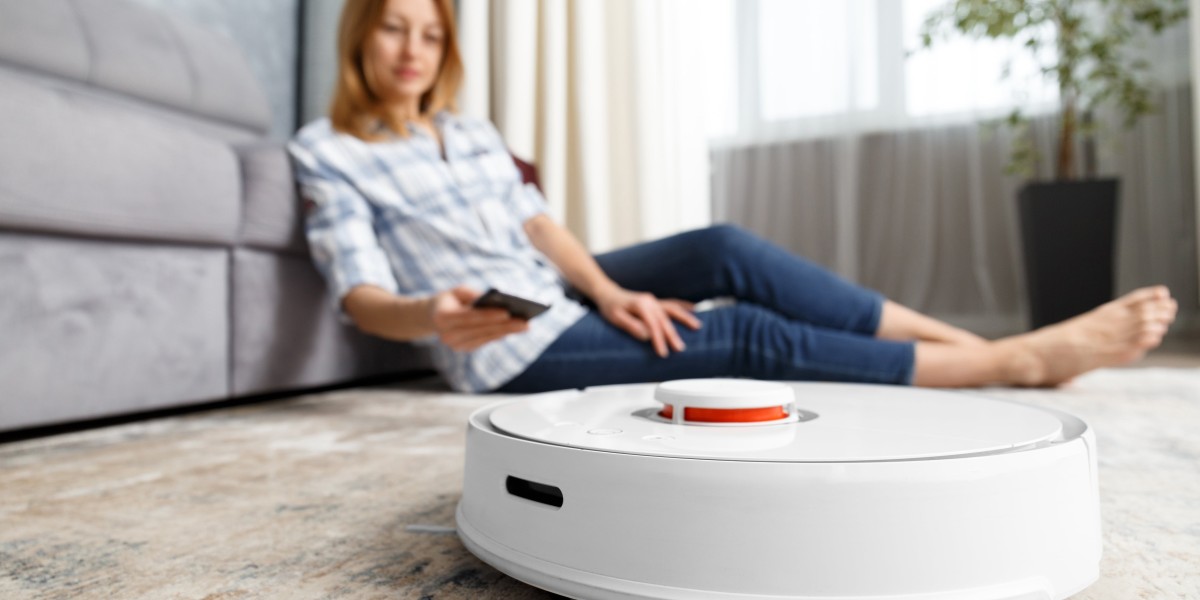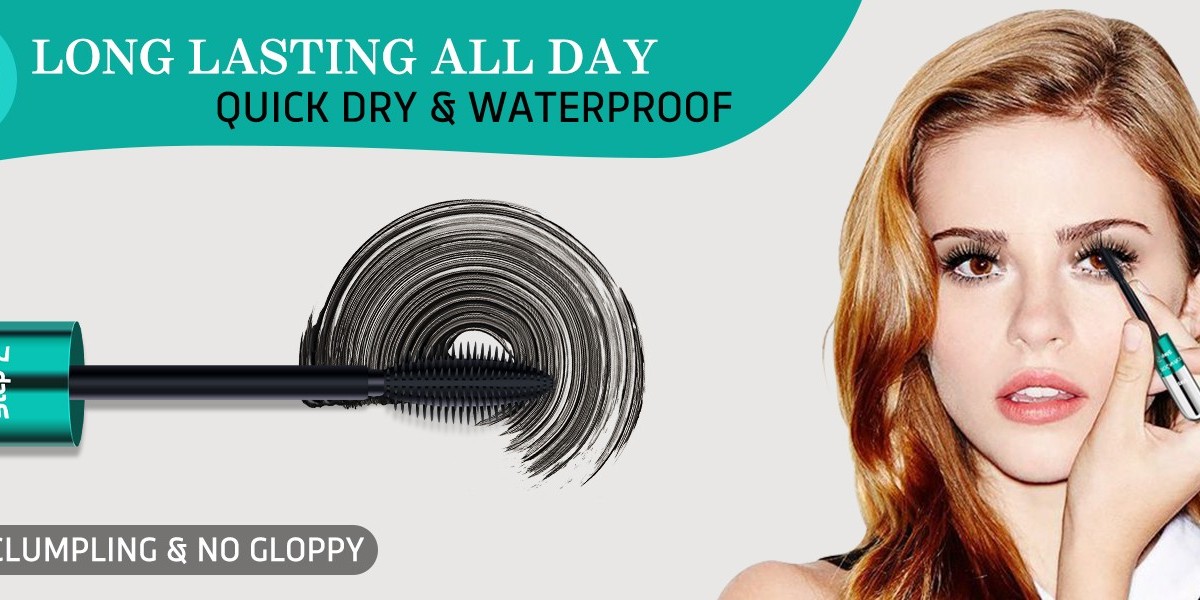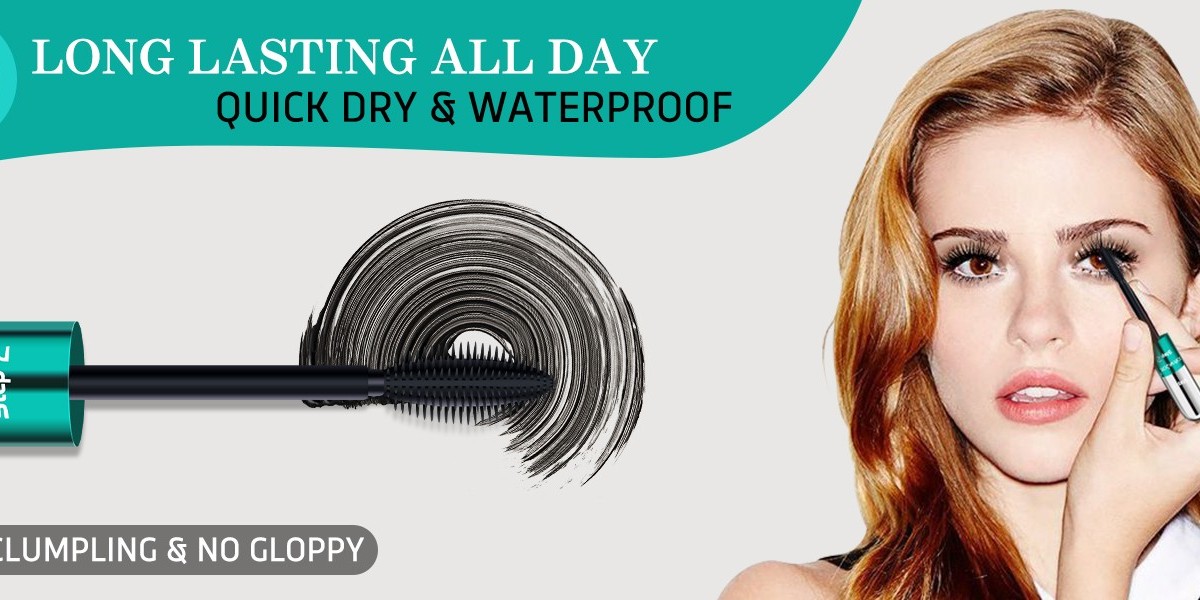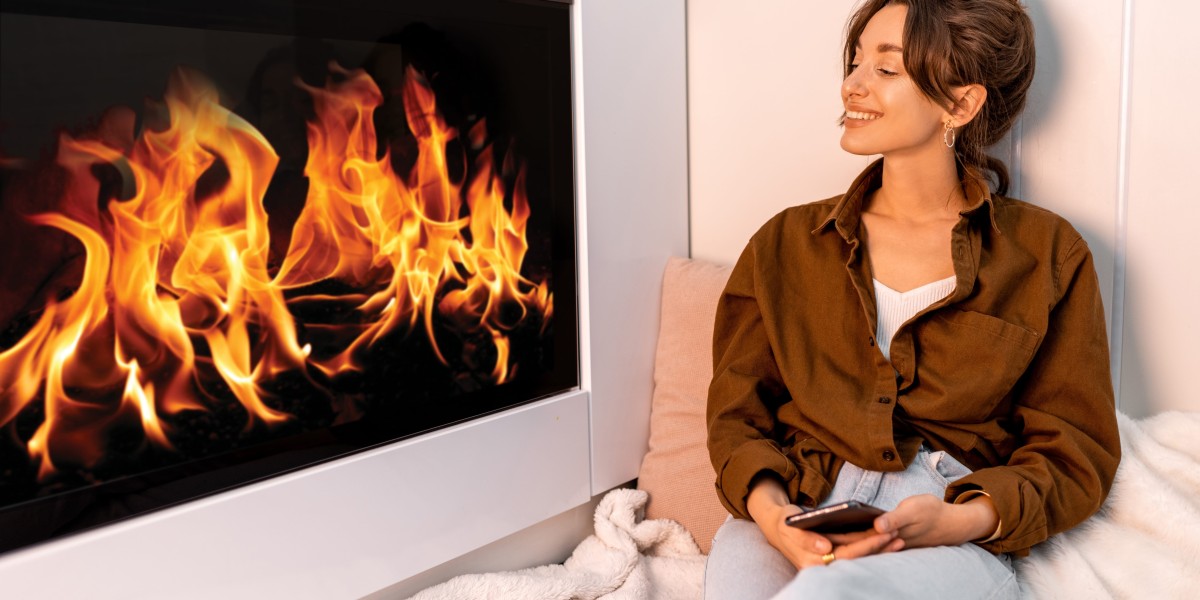Take a look at this 2-in-1 cleaner if you want a cleaner that does it all. It can clean medium and low-pile carpets for floors and also lets you create mop-free areas, and change cleaning modes and schedules.
Look for models that determine the kind of flooring they're using, empty their own water tanks and dirt and avoid obstacles like socks, chargers for phones and pet hair. Also, discover how easy it is to install.
Self-Emptying
As the world gets busier and more chaotic People are always trying to find ways to cut down their work load. Robot vacuums and mop are some of the best tools available to help you. These machines can vacuum up dirt, crumbs and pet hair while simultaneously cleaning floors and scrubbing them clean. You can make use of your smartphone or voice assistants to control these machines by using pre-programmed routines as well as specific room designations.
Self-emptying models are a fantastic time saver for both the user and the machine. You don't need to empty the trash bin each time you clean. This will help you save time and allow your robot to clean the entire house more frequently.
If you're considering self-emptying models be sure that the dust bin is large enough for your home size and cleaning frequency, as it will fill up quickly if you choose to run it on a regular basis. You'll also want to ensure that the system does not overfill, which can cause a clog which will prevent the robot from being able to completely empty it.
The self-emptying feature works by removing the dust bin inside the machine and putting it in larger storage containers -you can think of it as the bag on the traditional vacuum cleaner- that can be emptied every two or three cycles. It's a feature that is premium and makes these machines worth the extra cost over regular models.
Some models wash and dry dirty pads automatically after each use. Some models have docks that takes care of the entire job and you need to empty it twice or once a year.
Take a look at this Roborock robot which is highly rated for its ability to complete both tasks. The RockDock S7 MaxV Ultra is a vacuum and mop that includes docks that take care of all maintenance. You don't have to empty the tanks manually and you can program the unit or start it with on-device controls and voice assistants such as Alexa and Google Assistant. It even has boundaries to keep it out of certain zones if you don't want it to wander around your entire home.
Object Avoidance
The top robot vacuums have object avoidance, which helps the device navigate between furniture legs and children's toys. This is an essential feature for families with children and pets, because should the robot come into contact with the objects, they'll likely jam or break it.
The technology is typically based around a single sensor or two sensors located near the bumpers of the vacuum cleaner that absorb shock. When sensors detect a roadblock the robot will pivot and reorient itself until it locates an open path. Some models use a technology called lidar which makes use of lasers to determine the distance between the robot and nearby objects. This allows it to build an image of its surroundings in real time and move more efficiently through your home.
Other robovacs that do not use lidar technology, are made to recognize obstacles with cameras that use a monocular or binocular sight. These systems are effective in ideal lighting conditions, but don't work at all in low-light environments or with items with identical to their surroundings. A robot with monocular sight will have difficulty recognizing cables and shoes.
Some advanced robot vacs can perform more than just avoid obstacles, which is the reason they're also called smart vacuums. They can create a virtual plan for your home and you can send them to specific areas or rooms through an app. They'll even remember where they've already cleaned, which can cut down on cleaning time and ensure your home is clean and tidy.
The most modern robotic vacuums and mops can switch between different floor types. Certain robot vacuums and mops automatically recognize the flooring type in a particular room and adjust the suction and brush functions accordingly. Some will even switch between hard and carpet without losing suction power.
All smart vacuums and mops should have some form of obstacle avoidance, regardless of the type of flooring. These mechanisms stop the vacuums from becoming tangled in a web or wires, which could cause them to lose their suction. Some models have a list of items they know about for example, socks, shoes, and pet waste. The most effective models can recognize these objects as well as calculate their size and distance and evade them without running into them.
Floor Mapping
The majority of robot vacuums have sensors that aid in detecting objects. If something, like furniture legs or a toy that is thrown in a random fashion or gets in the way of the vacuum cleaner's path the sensor will signal it to steer away and to clean the floor. These sensors are not foolproof. The Roomba 900 Series, for instance, was able avoid our shoeslaces and headphones however, it did accidentally take into cables. This is why we advise removing any objects from the cheap robot vacuum cleaner's path before running through your home's rooms.
Many of the mopping and vacuum robots we've tested in The Spruce include an app. It can be used to save maps, create schedules, select cleaning options and track the performance of your robot. The most effective apps have features that will make your robot more efficient. They are intuitive and simple to use.
App integration also lets you keep track of your robot's water tank and dirty pads. Find models that allow you to check how full the tank is and how much the pad is wet and when it's time to change the cloth. You can even program a schedule to automatically swaps out the pad when it's damp to avoid mildewy smells from building up on the old one.
The mapping feature is important for robot vacuums that work across multiple floors. It allows the robot to create a virtual map of your home which it can use to move between rooms and clean various areas more thoroughly. Some robots combine sensors and artificial intelligence to create maps. For example, iRobot’s Vacuuming Mapping makes use of multiple sensors to scan a room including walls and corners to determine the distance the robot can travel before hitting furniture or bumping into obstacles.
Other robots, such as the Ecovacs Deebot X1 -OMNI or the Roborock S7 MaxV Ultra use optical sensors to determine the wall's location. They then follow the edges of furniture or use a mapping algorithm to design the best path for each room.
Mopping Settings
Robot vacuums operate automatically and you do nothing more than hitting a button on a remote or in an app to clean a room. You can also set up schedules by using voice commands. This is an excellent feature for busy families who want their robot vacuum cleaners to complete their work at the exact same time each day.
Most robot mops have microfibre pads, which are soaked by water tanks at their base. They can be used several times before needing to wash or replace the pad. Models that allow for adjustment of water flow to suit different floorings are ideal. Also, you should consider the dimensions of the tank, if you are able to switch the cleaning mode between dry and wet mopping and how long a robotic mop can last on one charge.
The best robot mops are able to sweep floors quickly and efficiently, even under tables and around obstacles. They're not perfect however they're not perfect, and may struggle to climb up and down steps or over ledges that separate rooms. They can leave streaks on timber or tiles especially in bright sunlight.
A robot vacuum and mop that is of good quality should also have carpet sensors. This is essential when you live in a home with a mix of floor types, as the robot cleaner will not be sucked into or over rugs. It should be able to recognize other objects that could hinder the cleaning process, such as cords and tassels. This allows you to establish "no-go zones" which will stop the robot from entering these areas.
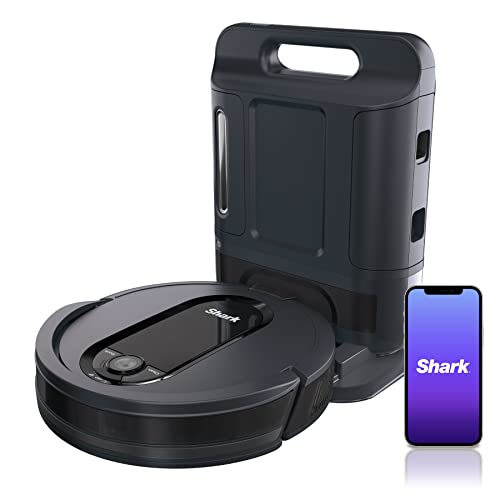 The majority of the robots we test in our CHOICE lab have smart app integration, which lets you save your home's map as well as schedule cleaning times and choose cleaning modes. You'll also be able to create virtual barriers to keep your robot away from certain areas, and receive (sometimes amusing) warnings about errors when the device encounters issues. Certain apps are simpler to use than others, while others offer a live webcam for monitoring your robot.
The majority of the robots we test in our CHOICE lab have smart app integration, which lets you save your home's map as well as schedule cleaning times and choose cleaning modes. You'll also be able to create virtual barriers to keep your robot away from certain areas, and receive (sometimes amusing) warnings about errors when the device encounters issues. Certain apps are simpler to use than others, while others offer a live webcam for monitoring your robot.
